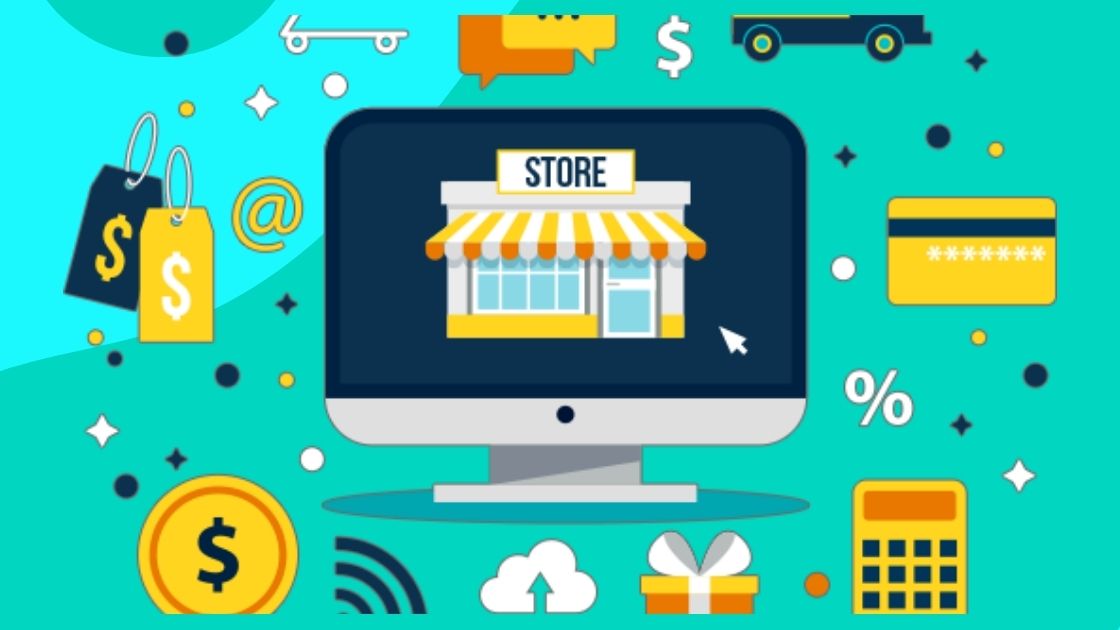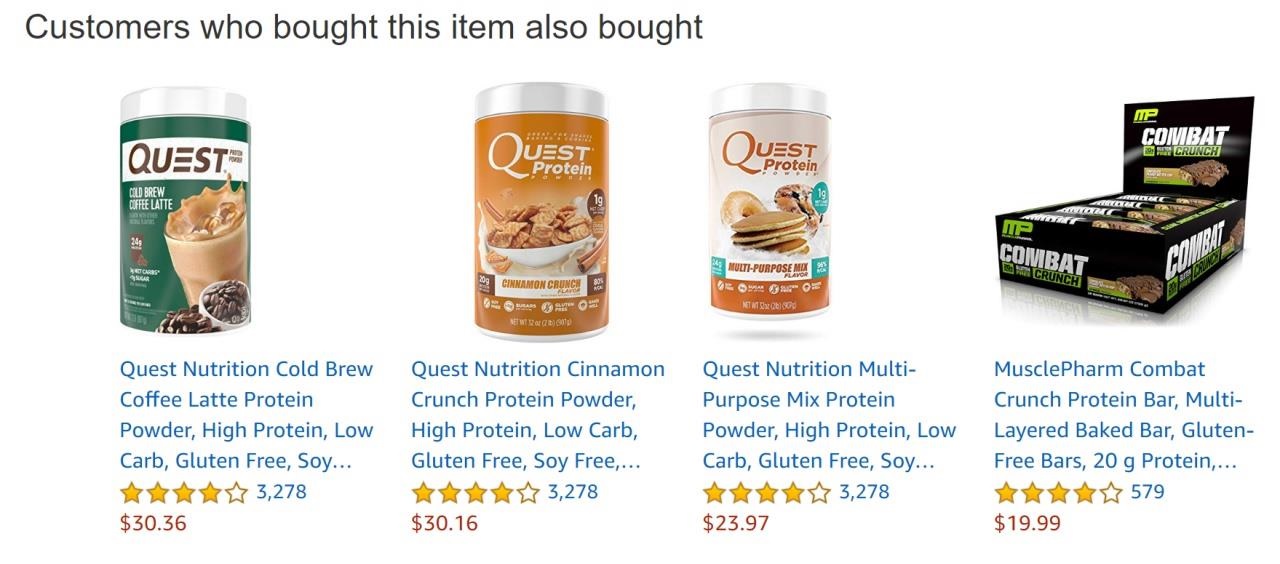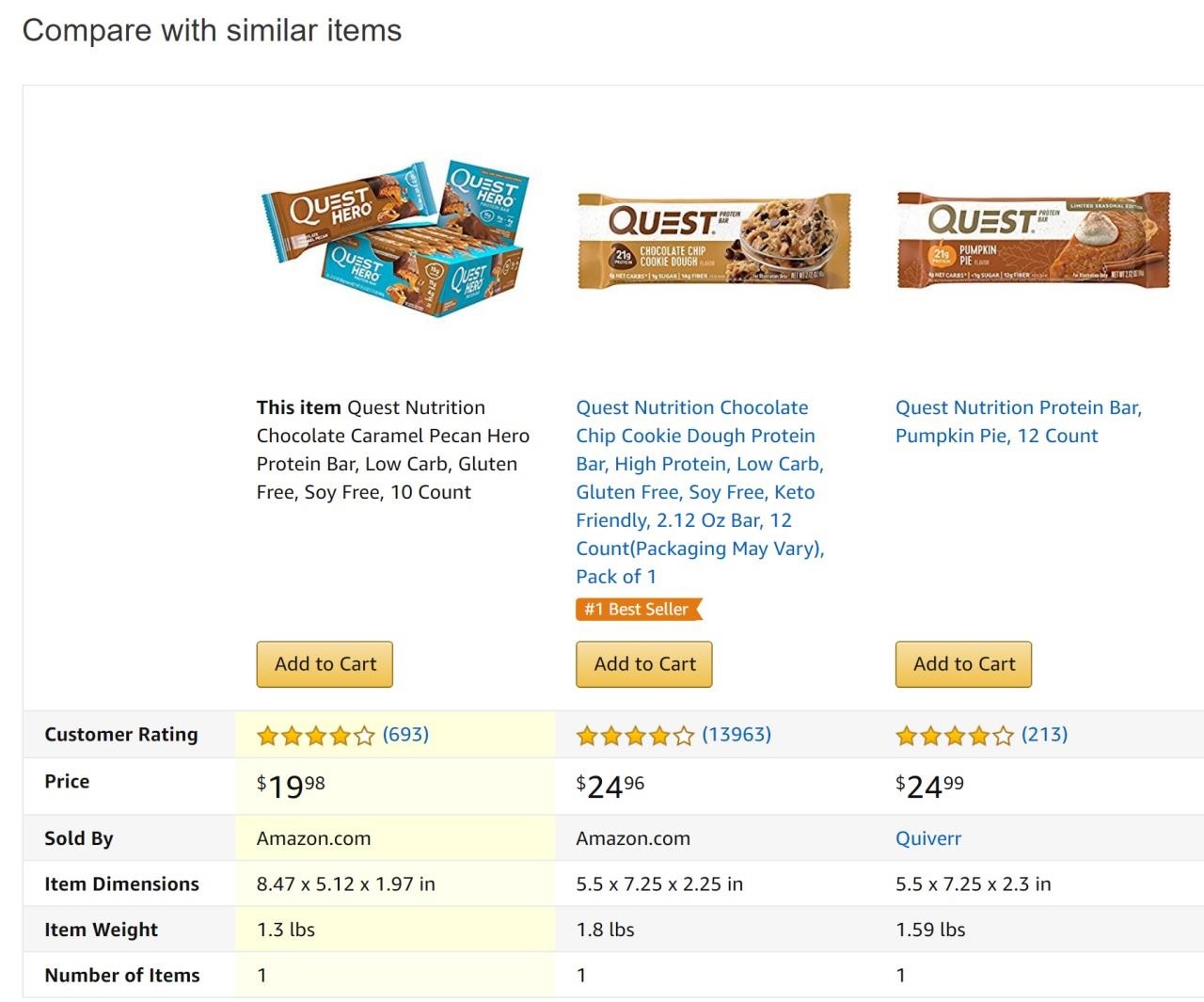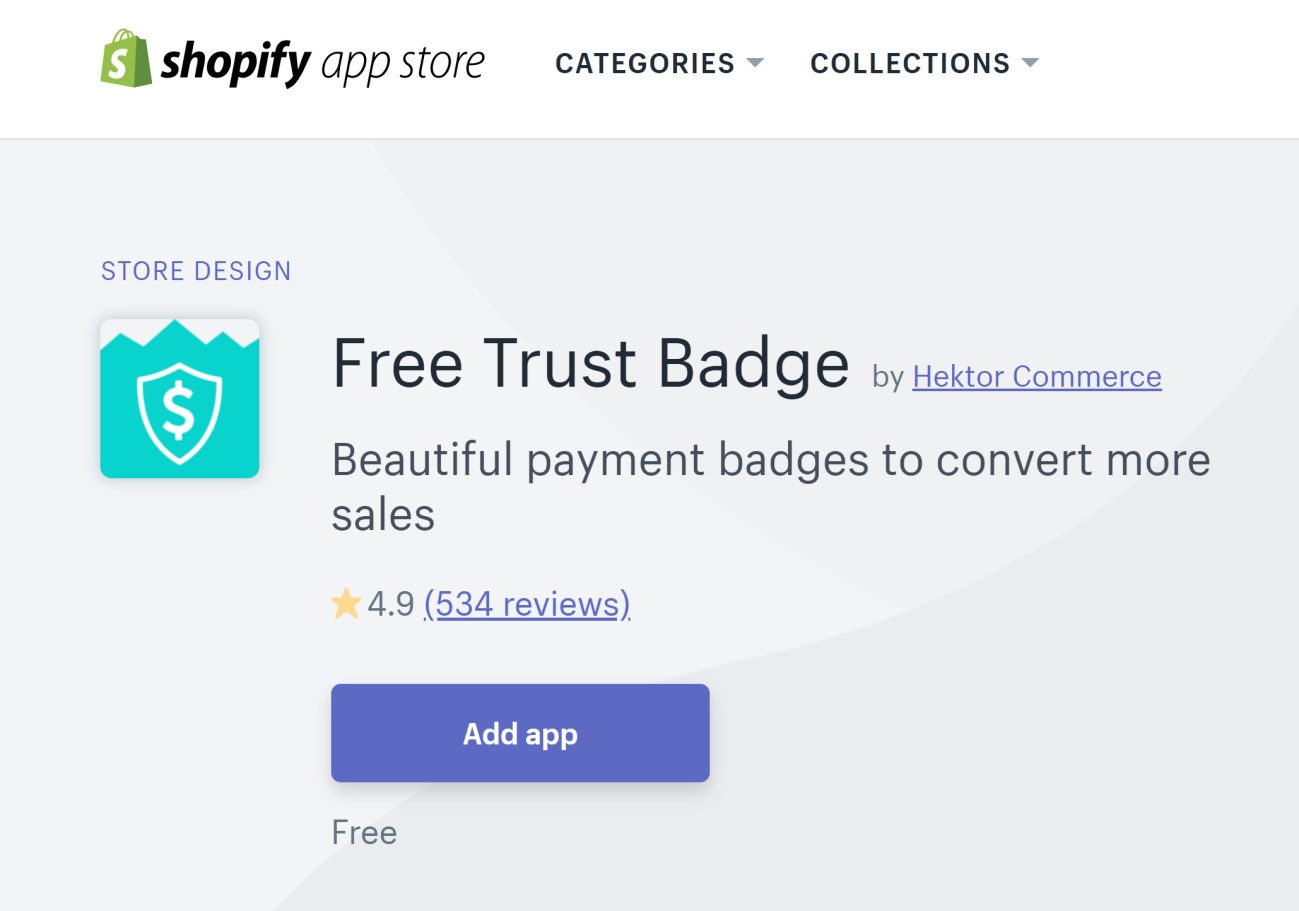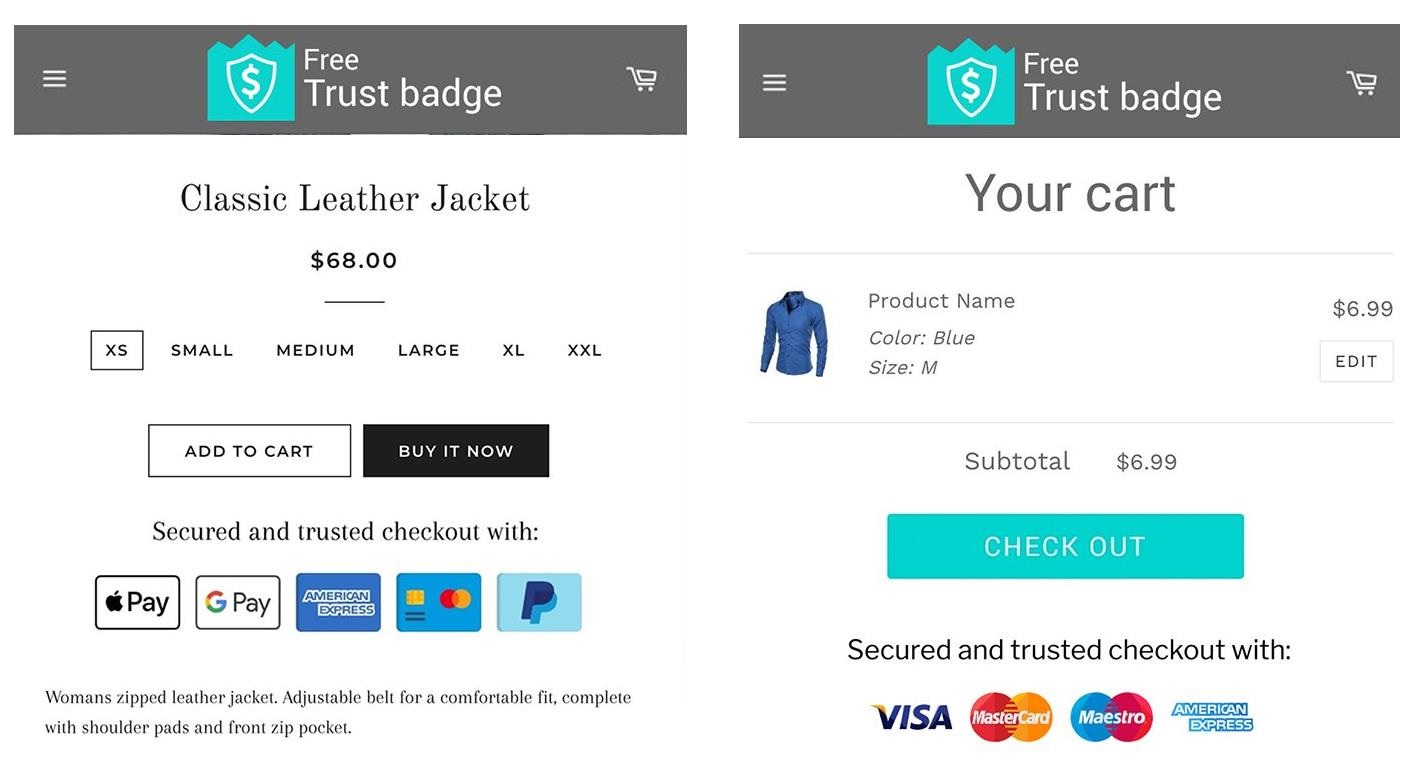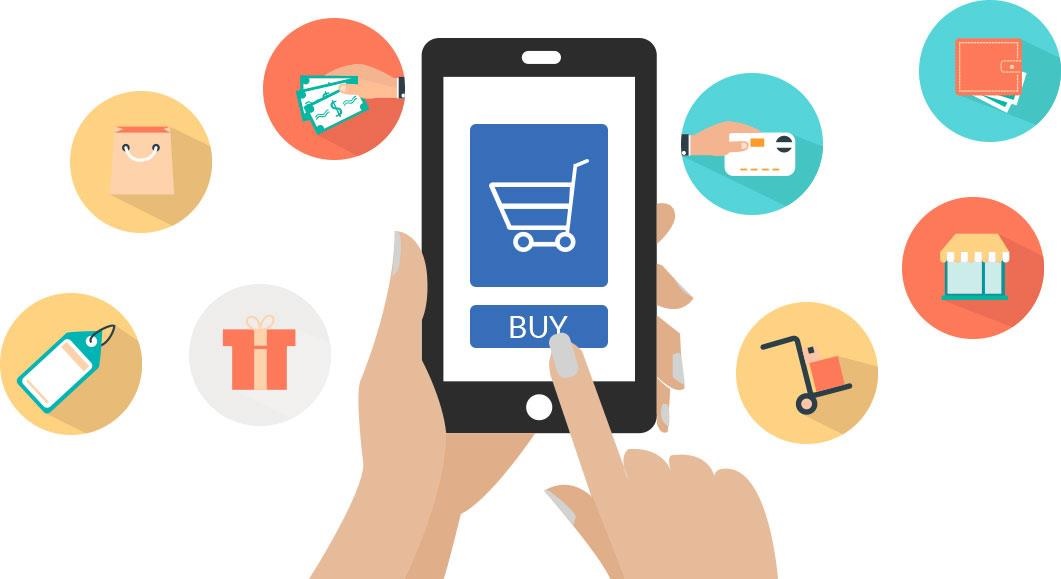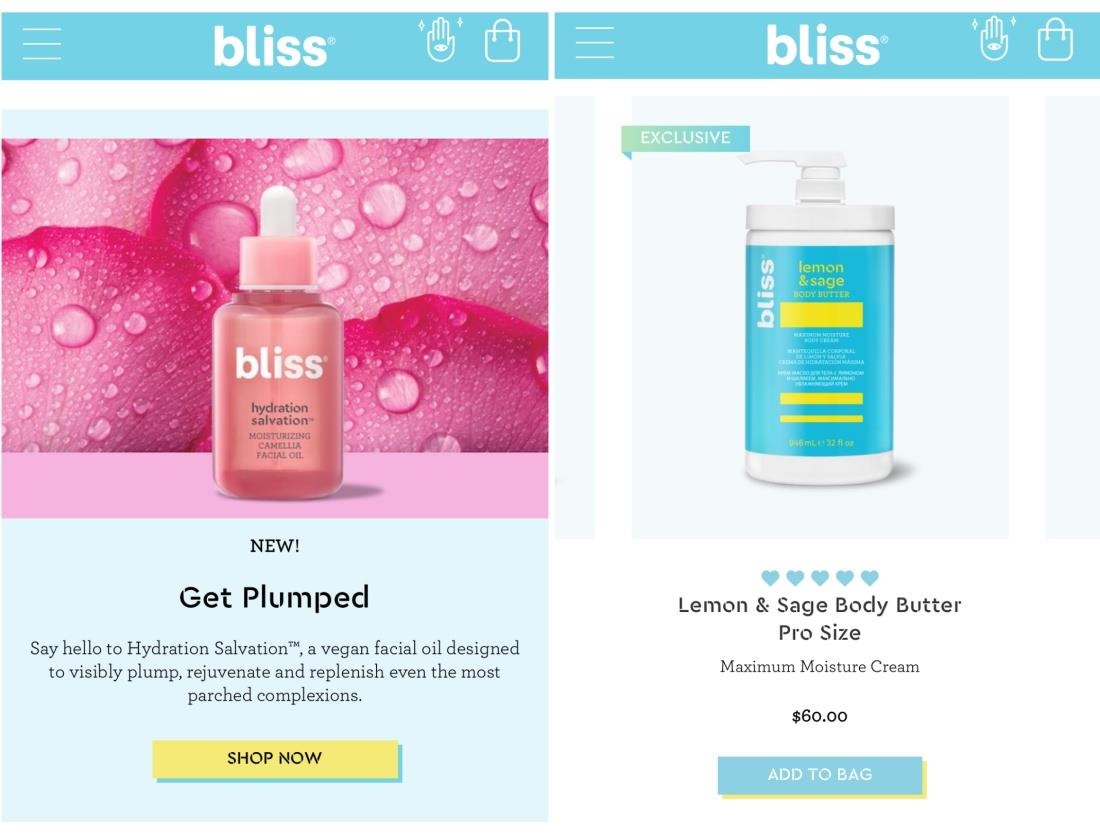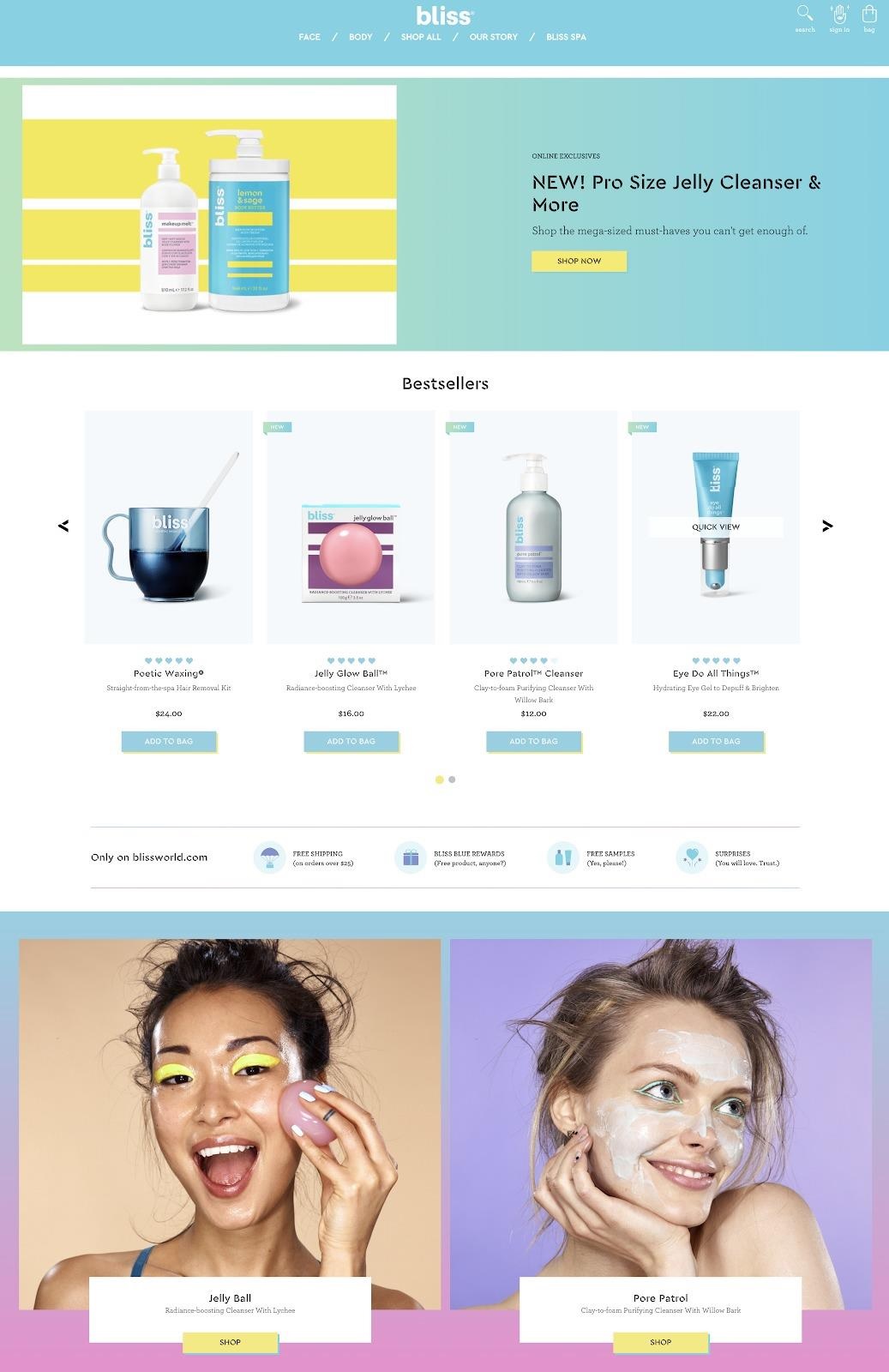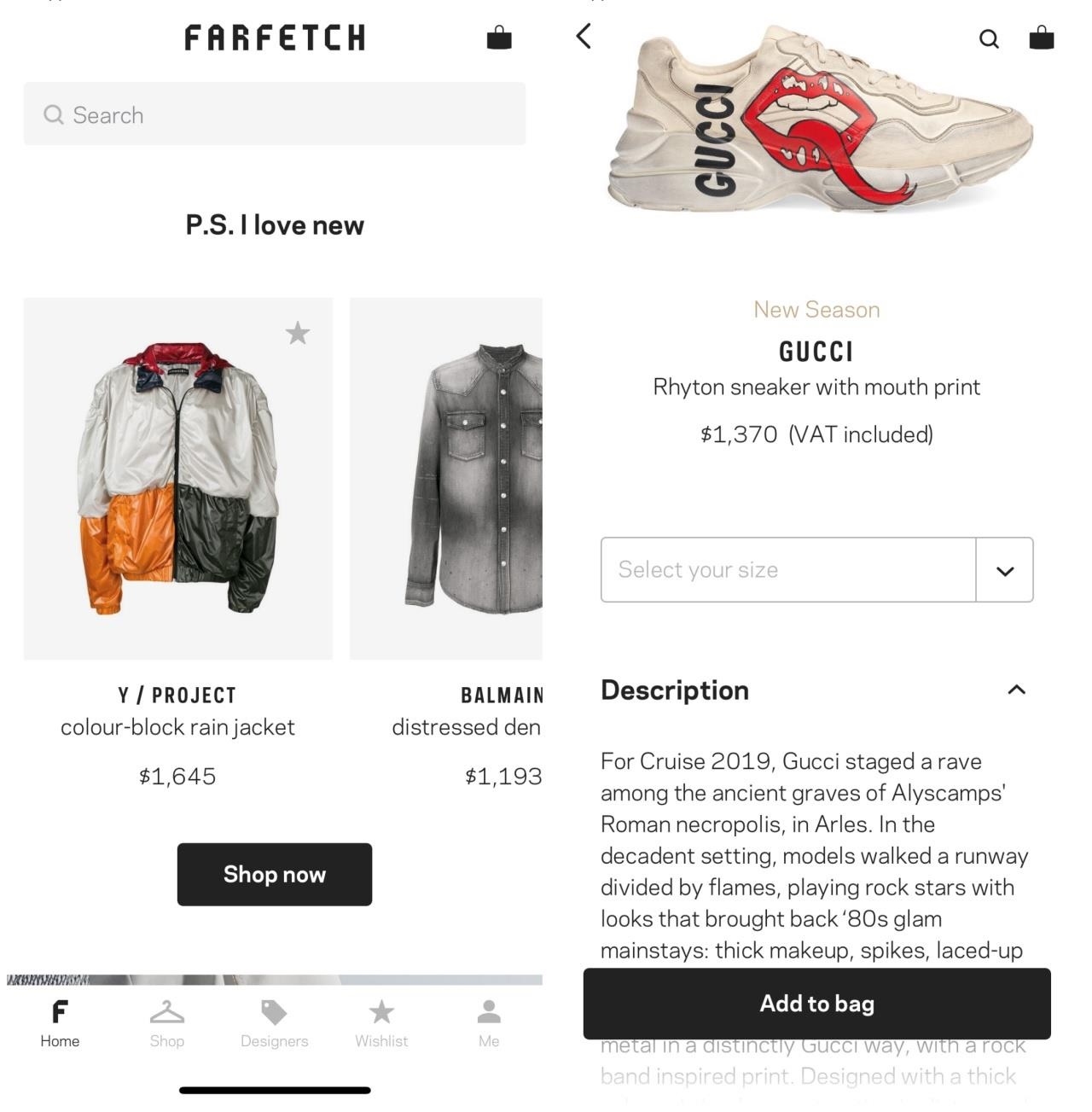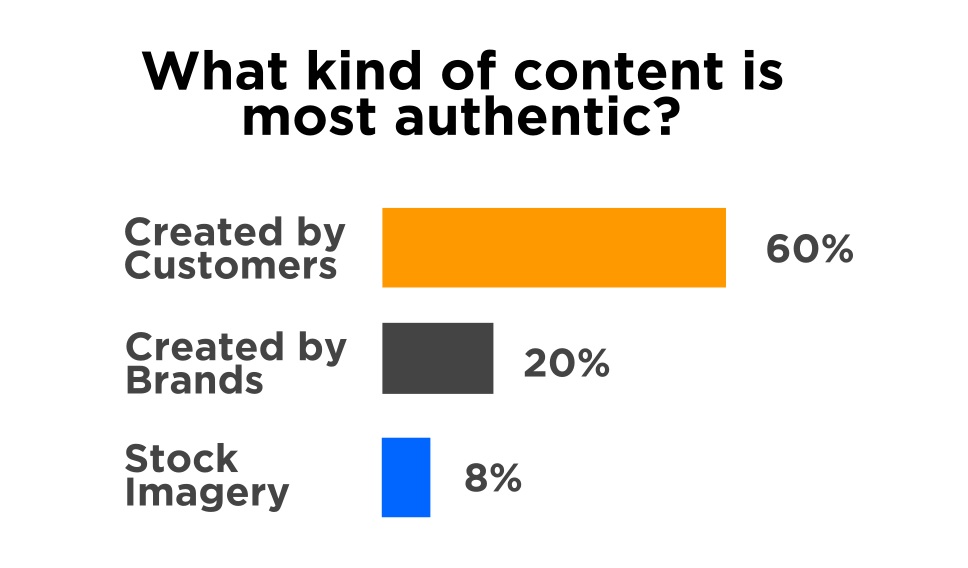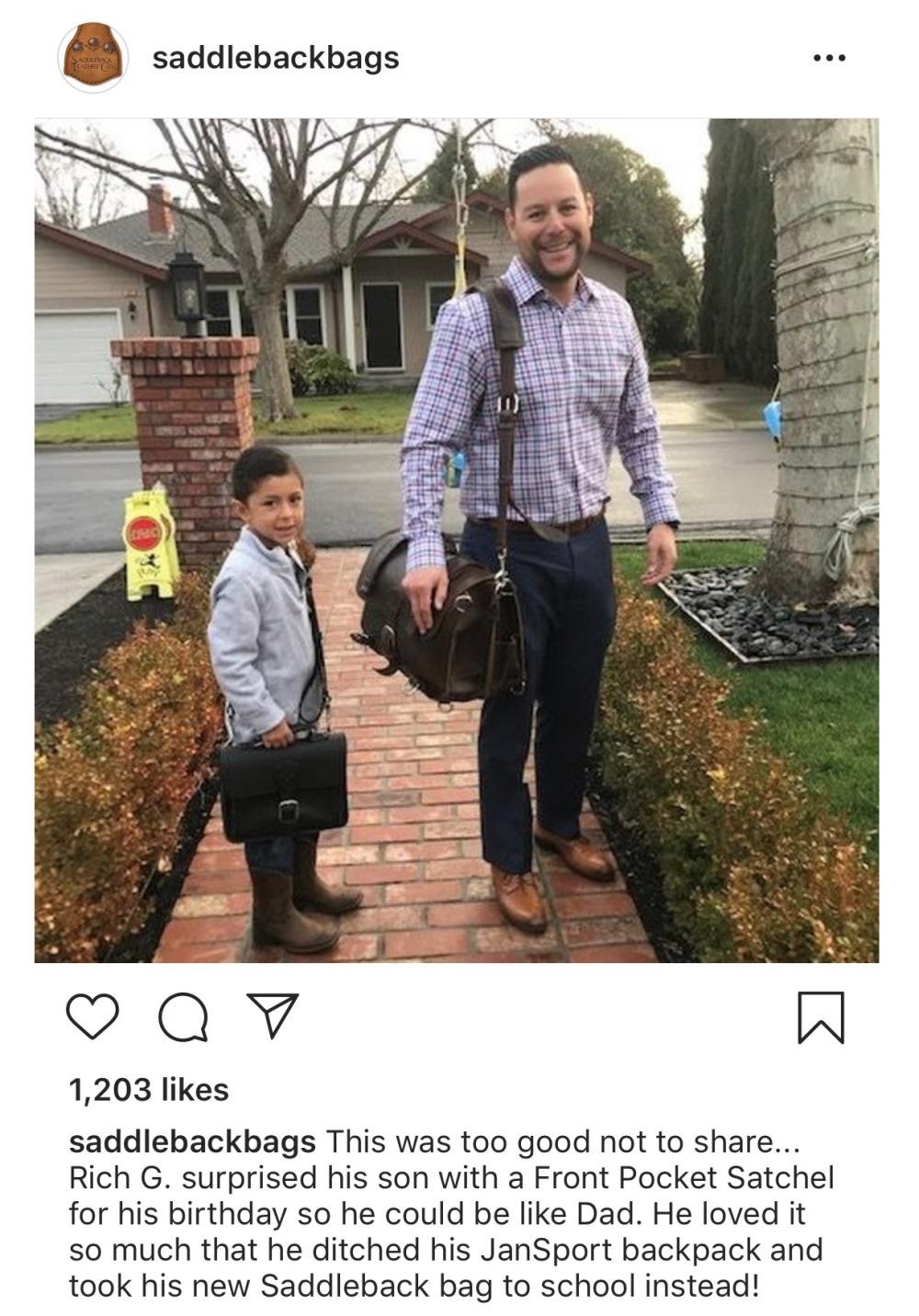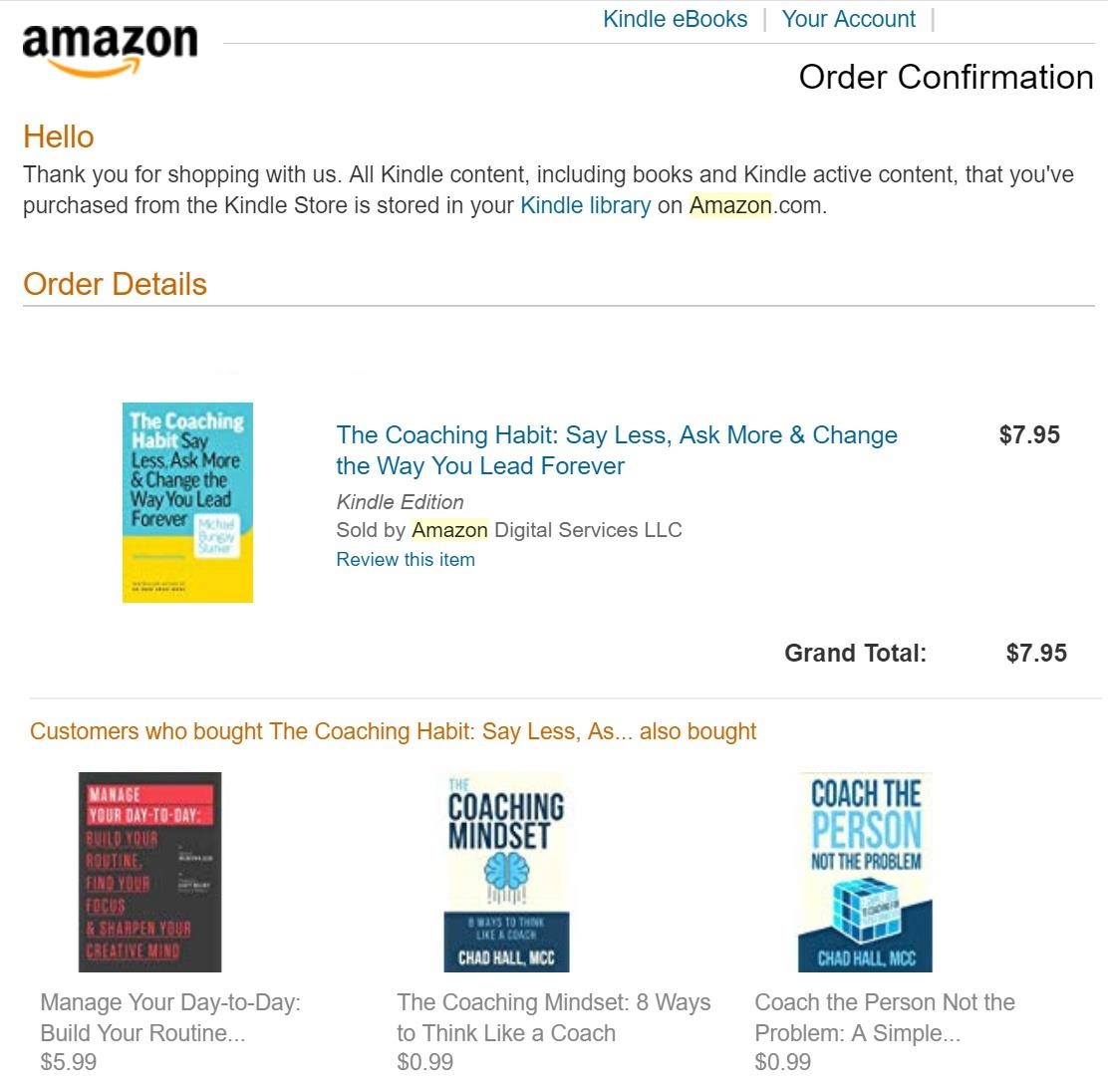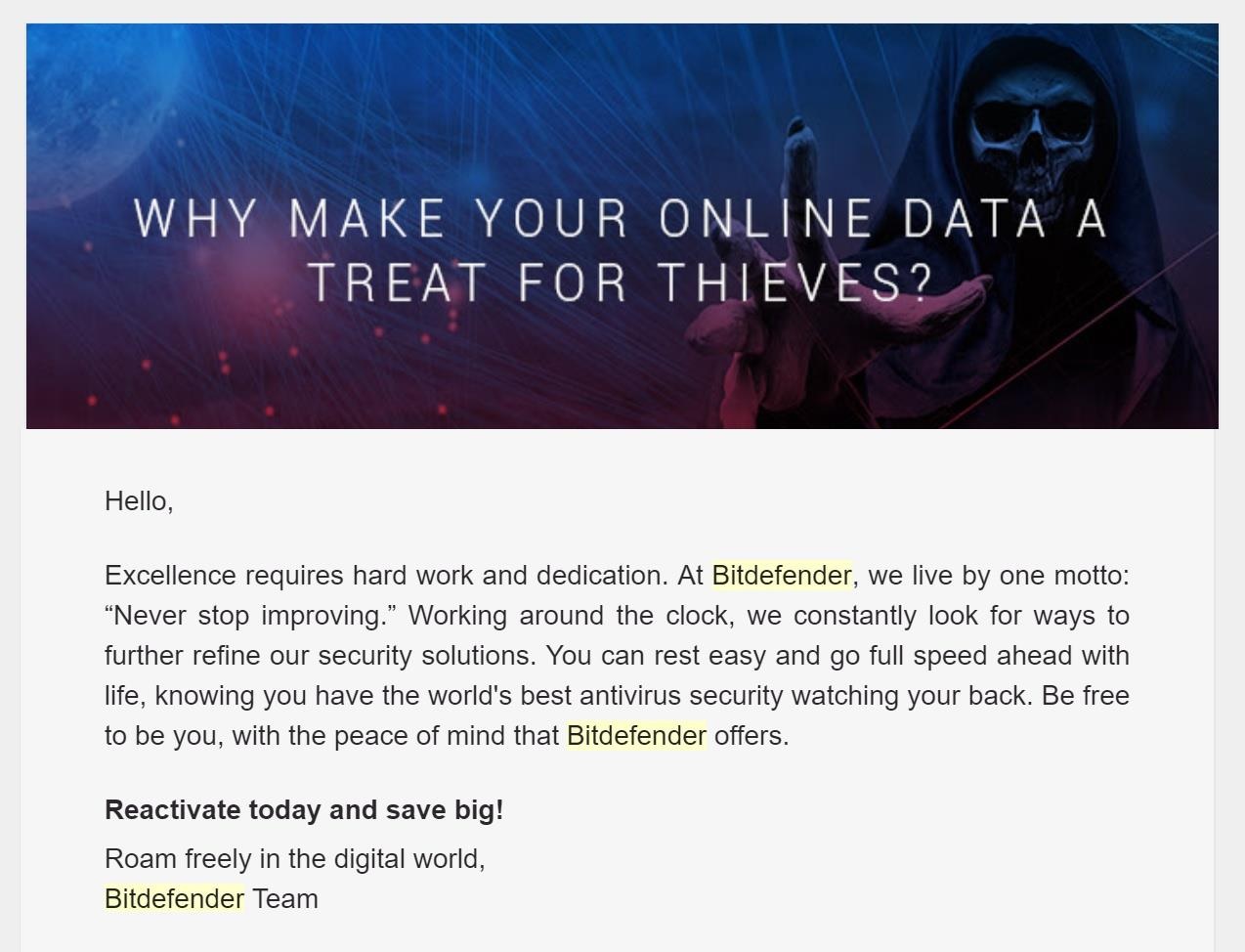Online store owners are in luck — eCommerce sales are growing around the world. In fact, data from Shopify shows that annual global eCommerce sales will reach as high as $5.5 trillion by 2022.
If you want your eCommerce store to get a slice of that increasing pie, you need to start figuring out how to drive more sales before then.
The good news is that there are some simple and effective strategies that you can implement if you want to see a remarkable increase in your sales. You can start by working on one or more of the following tactics:
1. Upsell Your Products
Upselling is basically about getting customers to buy a more expensive version of the product or additional features to increase their total order value before closing out the transaction.
When you’re buying something in-store and a salesperson offers you extended warranty, an additional feature, premiums, or anything else that increases the total value of the sale, that’s an upsell.
A typical example of upsells is from fast food joints, such as when the cashier offers you a larger sized drink or the classic “Would you like fries with that? For eCommerce entrepreneurs, upsells can be a simple way to make more money with less effort.
You’re offering the customer a product that they were buying anyway, only it’s the higher-end version. In fact, research from Insight Squared found that upselling to existing customers is cheaper and more profitable than selling to new customers.
Their research shows that software companies increase their customer value by at least 16% just by providing upsells.
The Upselling Masters – Amazon
Amazon has mastered so much of the e-commerce game, it’s no surprise they’re good at upsells as well.
Of course, almost any time you browse a certain product category, Amazon will give you upsells below the product page which include:
- Customers who bought this item also bought
- Compare with similar items
This is probably the best example of upsells in action to help encourage customers to purchase another product.
Just remember the goal of upselling is to
- Increase cart value
- Resulting in better profit margins
- improve customer satisfaction rates
2. Reduce Abandoned Carts
If your eCommerce store is a bucket, abandoned online shopping carts are the holes that leak out your potential revenue and these holes can be huge.
The Baymart Institute found that around 70% of online shopping carts are abandoned. This means that you’re missing out on so many potential online sales that didn’t follow through for some reason. If you could lessen the amount of abandoned carts, you could increase the number of transactions that get completed.
There are many ways to reduce cart abandonment and encourage your online customers to follow through on their transactions:
Offer free shipping
Expensive shipping costs tend to turn off consumers from completing an online purchase. Research from FuturePay, an online payment service, found that 86% of people abandon their online carts due to expensive shipping.
If you don’t offer free shipping yet, you should consider doing so and just factor in shipping costs into your product pricing.
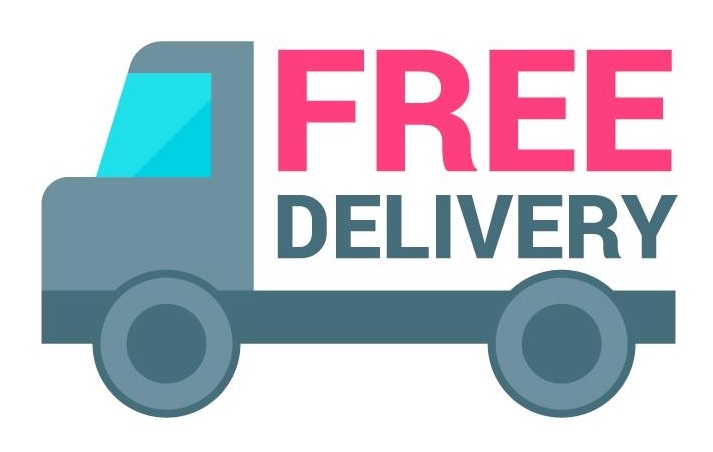
Send email reminders
When people abandon their shopping carts, you can get them to pick up where they left off by sending them reminders. According to eMarketer, 20% of people who receive shopping cart reminder emails convert into paying customers within an hour of the email
being sent.
An additional 12% is converted into paying customers within 24 hours. If you want to recover some of your incomplete orders, a reminder email is the way to do it.
Minimize the checkout process
Another way to reduce shopping cart abandonment is to reduce the steps needed to complete the checkout process.
Around 28% of shoppers abandon their carts because of a long checkout process, according to Baymard Institute’s study. By reducing the form fields and steps needed to check out, you can close more sales.
3. Display Trust and Security Icons
One of the main concerns of online shoppers is the security of their online transactions. FuturePay found that 38% of online shoppers are concerned when the “website doesn’t feel safe/secure.
” Ecommerce entrepreneurs should address this concern if they want online shoppers to feel more confident about buying from their store. One way to do this is to display trust and security icons from services your target customers are familiar with.
Security seals from PayPal, Norton, Google, Visa-MasterCard, and the Better Business Bureau were found to be the most trusted security seals by online consumers, in a study conducted by ConversionXL.
If you don’t have any of these trust seals on your website or checkout process, adding them will give your site a boost of security and credibility in the eyes of online shoppers. This makes them more likely to complete a transaction with you.
Recommendations
The app “Free Trust Badge” is a great way to easily add Trust icons to your eCommerce store.
Here you can see the app in action
Naturally build trust and increase conversions
Your shoppers will feel more trusting when they see that you securely accept their trusted forms of payment. When shoppers trust you they are much more likely to make a purchase from you.
4. Optimize for Mobile
More and more online consumers are getting comfortable buying via mobile.
For 2018, almost 40% of eCommerce purchases are projected to be from mobile sales. It’s expected that by 2021 more than half of online eCommerce sales will be purchased via mobile. Because of this, it’s important to invest in optimizing your online store for mobile devices.
This means doing the following:
Using responsive design
You won’t be able to control which devices your customers are using to browse your mobile website.
This could be through tablets or a smartphone, and they could also be using one of many available mobile browsers. Because of this, you need to make sure your eCommerce store has a responsive design that looks good across all these devices and apps.
Blissworld is a great example of having a beautiful and responsive mobile theme as well as looking marvellous on a web browser too.
Mobile Version
Desktop (Web Browser Version)
Creating mobile apps
Another way to add a mobile component to your eCommerce store is to create an app.
Major retailers have seen an increase of as much as 200% in annual sales via mobile apps. Unlike a mobile website, the app is dedicated to your online store only.
More importantly, it can make full use of a device’s functions such as the camera, GPS, and phone. You can include features such as easy social sharing, credit card scanning, or showing geo- targeted offers.
A notable example of an eCommerce store with a great app is Farfetch.
With Farfetch you can shop the world’s greatest selection of luxury goods in one place. The app also has a sleek design and navigation is easy to use which makes shopping a piece of cake!
5. Embrace Personalization
There’s one thing that never fails to get the attention of potential customers, and that’s the feeling that every message or offer is directed specifically towards them.
This is what personalization does: It gives your audience relevant and unique experiences that are catered specifically to them or the group in which they belong. When this happens, your business gets their attention.
Research from Infosys found that 67% of consumers want personalized coupons, and 58% want product recommendations based on previous purchases. Catering to these needs transforms into sales.
According to HubSpot, personalized calls to action converted 202% more than default calls to action.
Personalized Examples
If you want to create more personalized experiences on your eCommerce site, here are some examples you can follow
Warby Parker gives potential customers specific product recommendations narrowed down by their facial structure and preferences
Users go through a short, well-designed quiz before they can see the products available to them. This helps potential customers feel that their selection of products is curated especially for them.
Personalization doesn’t have to be too sophisticated to work. While most eCommerce sites are satisfied with making sure their customers are addressed by name in their marketing emails, you can stand out by taking it a step further and making sure that the offers and messages are tailored to your audience’s taste, demographics, and location.
6. Improve Open Rates on Your Emails
One way to optimize the sales on your eCommerce site is to ensure that more of your leads turn into paying customers, and that those paying customers regularly buy from you.
Improve the open rates on your email marketing campaigns, and you’ll be able to achieve this.
The more your potential customers and current customers open your emails, the more likely they are to make a purchase. This is worth looking into since 18% of eCommerce purchases come from email.
Tips to improve Open Rates on your Emails
- Use clear subject lines.
Based on several case studies, Marketing Sherpa recommends using email subject lines with specific, tangible offers. Clear subject lines like these outperform vague, creative subject lines by an average of 541%.
- Keep it short and sweet
A good rule of thumb to follow is to keep your subject lines to 50 characters or fewer. The key is to use as few characters as possible to get your message across.
An analysis of more than 40 million emails found that three to four words is the ideal length for a subject line.
- Take advantage of automated emails
Automated emails such as the welcome email, order confirmation emails, and post-purchase emails tend to have high open rates according to a study from Omnisend.
These emails also tend to have good order rates, with welcome emails having a 1.58% order rate and cart recovery emails having a 2.39% order rate.
Make sure these automated emails have an offer that will encourage your subscribers to make a purchase.
7. Leverage user-generated content
How do you let your eCommerce store stand out, especially if it’s new? Use every customer you have to generate more customers. One of the best ways to do this is to solicit user generated content.
Basically, this is content created by your audience and customers. They go beyond reviews and mere star-ratings. Usually, they show photos or videos of your products taken by customers.
This is effective because it shows social proof that other people are loving your products.
Also, when it comes to giving your brand a boost in credibility and authenticity, nothing beats user generated content. A consumer survey from Stackla found that 86% of consumers look for authenticity when deciding which brands to support, and that 60% found user generated content as the most authentic.
If you want to win over customers and cultivate their loyalty, user generated content is the way to go.
User Generated Content
A good example of this is from Saddleback Leather, which makes leather accessories.
Their Instagram account includes photos of products sent in by users. They even hold contests for the best submitted photos. As a result, a potential customer who sees their Instagram account will see Saddleback’s products in action as
used by real people who love the products, not just by models.
8. Keep marketing to your existing customers
If you really want to maximize your profit, there’s one group you should consistently market to: Your paying customers. Selling to people who have already bought from you is much easier than finding new customers.
Data from Clickz shows that the success rate of selling to existing customers is at least 60%. Getting new customers, on the other hand, only has a success rate of 5% to 20%. Because of this, make it your priority to keep selling to paying customers.
Advertising through order receipts
In the example below, Amazon uses an order receipt to pitch relevant products after you’ve already bought.
This means that after a purchase, they’ll remind you of other products you might like should you decide to buy an additional item. Apart from this, they also regularly send emails to customers and subscribers
Re-engagement Campaign
Bitdefender, which sells anti-malware products encourages former customers to renew or reactivate their subscription by reminding them of the dangers of not using their software.
A re-engagement campaign like this is also a good approach. If you haven’t heard from some customers for a while, perhaps you can send them a promotional email to remind them why they bought from your business in the first place.
Check more Article:
How Do I Start A Dropshipping Business in 2022
How to Dropship on Amazon Step by Step
How Profitable is Dropshipping ?
Conclusion
The strategies above will prove to be useful for marketing your eCommerce store for years to come, regardless of any change in social media trends or search engine algorithms.
If you find yourself wanting to drive more sales, all you have to do is choose one of the above proven strategies and apply them to your online store.
Whether it’s upselling to customers, reducing shopping cart abandonment, or making more use of personalization, you’ll be increasing your sales as a result.
Consider Following a Course ?
With Lifetime Access ?
We have been the number 1# platform for delivering most demanding course. Becoming Lifetime Member , You will receive all the Premium content For FREE

Consider Following a Course ? With Lifetime Access ?
We have been the number 1# platform for delivering most demanding course. Becoming Lifetime Member , You will receive all the Premium content For FREE

